Home Coffee Roasting Basics. What are the different types of Coffee Roasts Do you know your types of coffee roasts? Light, dark, medium, city, city plus, French, Vienna, Italian, American, and espresso are commonly used words to describe the types of coffee roasts. There is very little industry standardization for roasting which can cause confusion. […]
Month: January 2019
Guide to Coffee Processing Methods
Coffee flavor profiles vary so dramatically, that when searching for the perfect cup you never know where you may find it – understanding different Coffee Processing Methods is essential to understanding which beans are likely to carry your favorite types of flavors, as is basic knowledge of different Coffee Regions and different Strains or “Cultivars.” […]
Intro to Home Coffee Roasting
Are you considering taking up a new hobby in home coffee roasting? This article is a great place to start! Are you ready to roast your first batch? “Home Roasting for Beginners” is the one that you want! What is Home Coffee Roasting? Roasting coffee at home is much easier than you might think! There […]
Guide to Coffee Regions

Skip to:Africa The AmericasAsia (West)Asia (East) & Oceania More Information: What is Home Roasting?What is Green Coffee? What are Green Coffee Beans?What are Qualities of Good Coffee?How to Choose Green Coffee Beans?All Home Coffee Roasting Primers Get Started:Home Roasting for BeginnersBuy Premium Green Coffee BeansBuy Home Coffee Roasters Coffee flavor profiles vary so dramatically, […]
Nicaragua’s Selva Negra: Inspiring Model for Sustainable and Socially Responsible Artisanal Coffee

Nicaragua’s Selva Negra / La Hammonia Estate:Where old world tradition meets new world experimentation in a holistic community of sustainability. One of Nicaragua’s first coffee estates has maintained its village-like atmosphere and traditional German animal husbandry while updating its operations with the latest advances in boutique coffee processing and a wide range of innovative and […]
How to Make a Matcha Latte
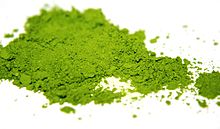
Matcha is used in numerous special drinks and baked goods – really you can add it to just about anything! If matcha is new to you, and whether you use Chinese Organic Matcha or Japanese Kansai Matcha powder, this simple yummy recipe is a great place to start. Matcha Latte Serves: 1 Ingredients: 1/4 Cup […]
Guide to Coffee Cultivars
Coffees vary so dramatically that it is sometimes hard to know how to choose – but you can be confident that you are pointing yourself in the premium direction with knowledge of common Strains or “Cultivars.” Check out 2 more primers in this set: basic knowledge about coffee-growing Coffee Regions and why producers choose different […]
Beyond Tea: Our Favorite Herbal Infusions
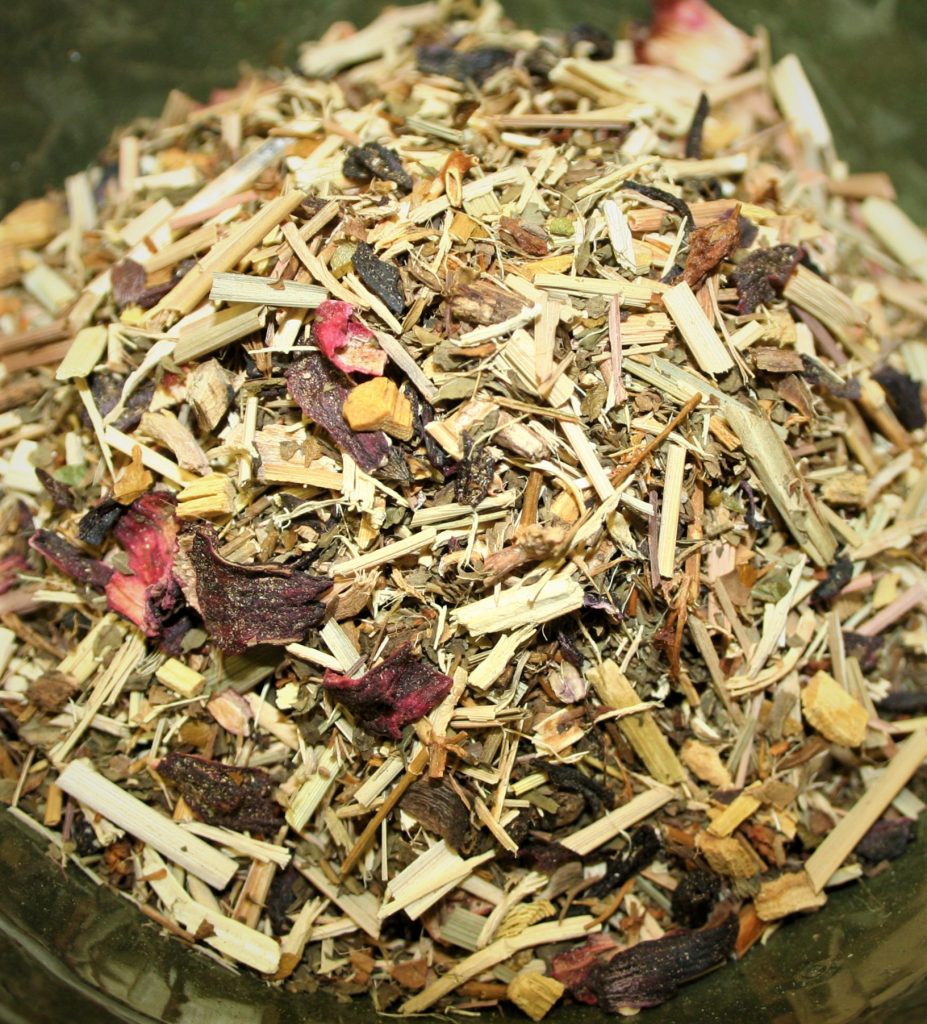
SEE OUR FULL TEA LIST HERE! Tasty and healthful drinks may be created from a wide variety of leaves and flowers other than those of the tea plant Camellia sinensis, and we are pleased to share a great collection of yummy herbal infusions. From ginger and mint to chamomile and lavender, from lemongrass and ginseng […]
How to Steep the Perfect Cup of Tea
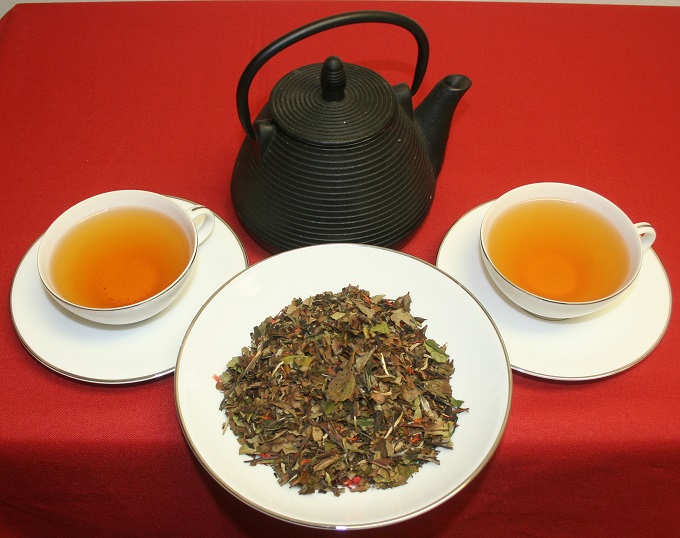
SEE OUR FULL TEA LIST HERE! Begin with the perfect pot of water. In the ideal cup of tea, the water is almost as important as the leaves. If possible, use water which is clean, fresh, well-aerated, and with a good balance of minerals. Unfortunately, bottled water is generally mineral-free and not well-aerated, leaving it […]
How to make a Rooibos-Cider Hot Toddy
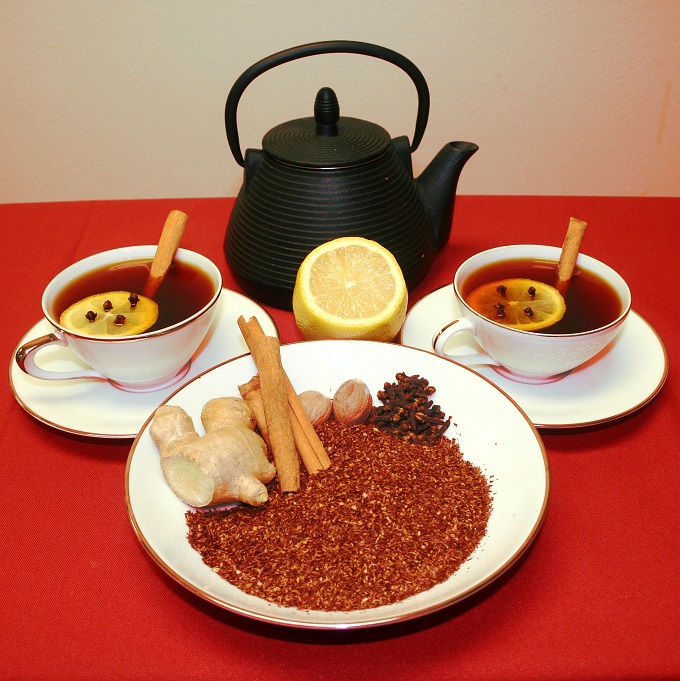
Try this delicious recipe for an extra-special rooibos-based winter warm-up: ROOIBOS-CIDER HOT TODDY Serves: 1 Ingredients: ½ Cup prepared rooibos infusion (will require approx 1 tsp rooibos leaves, or more to taste) ½ Cup natural apple cider (any apple juice will do, preferably sugar-free) ½ inch piece of ginger, or more to taste ½ inch […]
Rooibos Herbal Infusions

Rooibos, or “red bush,” is native to the western coast of South Africa, and it has been harvested from the wild for millennia. Only recently has it been cultivated, but with a high reputation as a cheap and delicious caffeine-free tea alternative, in less than 100 years its popularity has spread to every continent. Rooibos […]
Pai Mu Tan White Teas
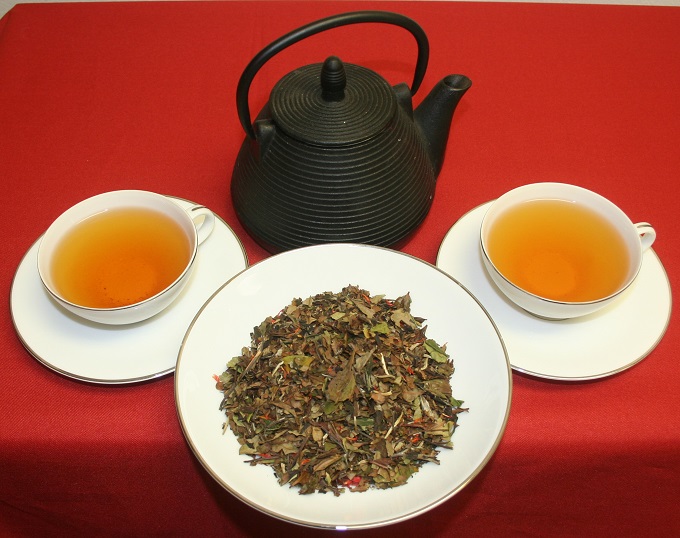
SEE OUR FULL TEA LIST HERE! Almost all white teas come from famous Fujian province, which claims to be the first producer of white, black, and oolong teas. Like green teas, receiving heat treatment to stop the oxidation process, white teas capture the delicate aromas of spring and dance many subtle flavors across the palate. […]
Welcome to the Wonderful World of Tea

SEE OUR FULL TEA LIST HERE! All of us at Burman Coffee Traders are flavor adventurers – always searching for the freshest and most interesting coffees and teas, always excited to discover unique beverages from unusual regions. If you have seen our coffee list, you already know that we are dedicated to sourcing the highest […]
YEMEN MOCCA AL-HAIMAH PEABERRY
Been a long time since we offered a Yemen coffee – we love them incredibly but with the political battles and atrocities taking place we avoided them. Recently we have gotten into some good discussions with coffee folks and the recent thinking is, good to support these Yemen farmers regardless of what is politically happening […]
TIMOR-LESTE WASHED ORG. MAUTLIO
A very tasty aggregate production (co-op called CBS) coffee coming from the Letefoho sub-district of the Ermera municipality in Timor. Similar to much of Indonesian, Timor has its own strain of coffee that naturally crossed an Arabica strain with a Robusta strain creating a wonderful hybrid that has now been used around the world. Although […]
PAPUA NEW GUINEA KIMEL ESTATE AA
Before we found some personal friends in Papua New Guinea, this is the coffee we used to rely on. Awesome folks even though at the time we had never met them. One of the few Estate produced coffees (a bit smaller than Carpenter) and located just a couple miles down the road. A couple years […]
KENYA NYERI BARICHU GATOMBOYA AA – TOP LOT
This is a top cupping lot from the Gatomboya coffee factory in Nyeri. Very tasty with some exotic acidic fruit notes upfront (grape/lemon/orange) and a strong classic and super clean chocolate spice undertone. This cup is sourced from family-owned farms organized around the Gatomboya Factory (wet mill) in Nyeri County, Kenya. The Barichu Farmers Co-operative Society […]
KENYA KIAMBU KIRIGA ESTATE AB
Usually Kenyan coffee lose some of their track-ability through the mill aggregation model. This cup is cool for its an estate produced offering, where is came from and the folks behind it are well known. Kiriga was established in 1954 and currently has 130 acres of land in use for coffee cultivation, which stretches along […]
INDONESIAN SUMATRA MANDHELING UTAMA GRADE 1
This cup is sourced from family owned farms organized around the UtamaGro cooperative, located in the Takengon highlands of the Aceh province on the island of Sumatra, Indonesia. UtamaGro cooperative currently has 1174 members. On average, producers cultivate coffee on 2.5 acres of land using their own micro-mills to depulp and dry coffee. The cooperative […]
INDONESIAN SUMATRA FTO TAKENGON SARA ATE
These beans are sourced from small scale producers associated with the Sara Ate Cooperative which was founded in 2011. Members of Sara Ate cooperative come from villages near Takengon, a well-known coffee town in the province of Aceh located at the northern end of Sumatra. The cooperative currently has approximately 517 small coffee producing members. […]
